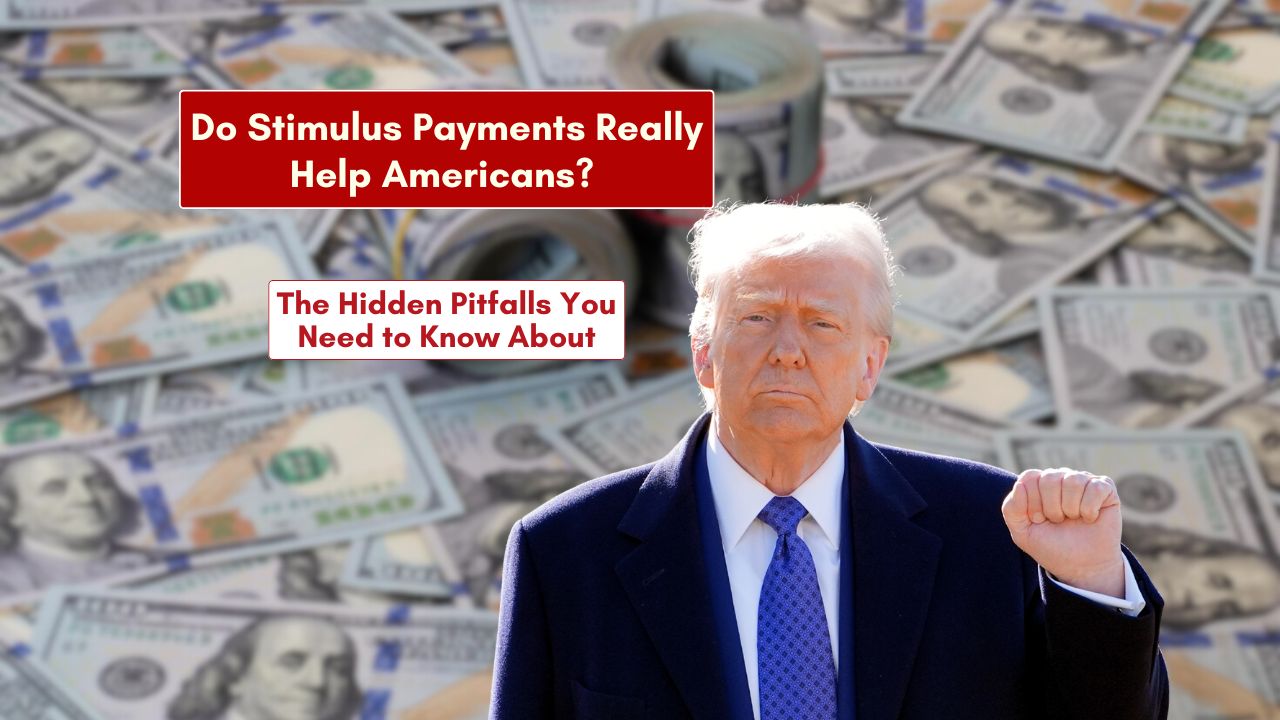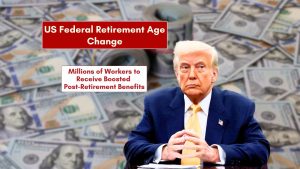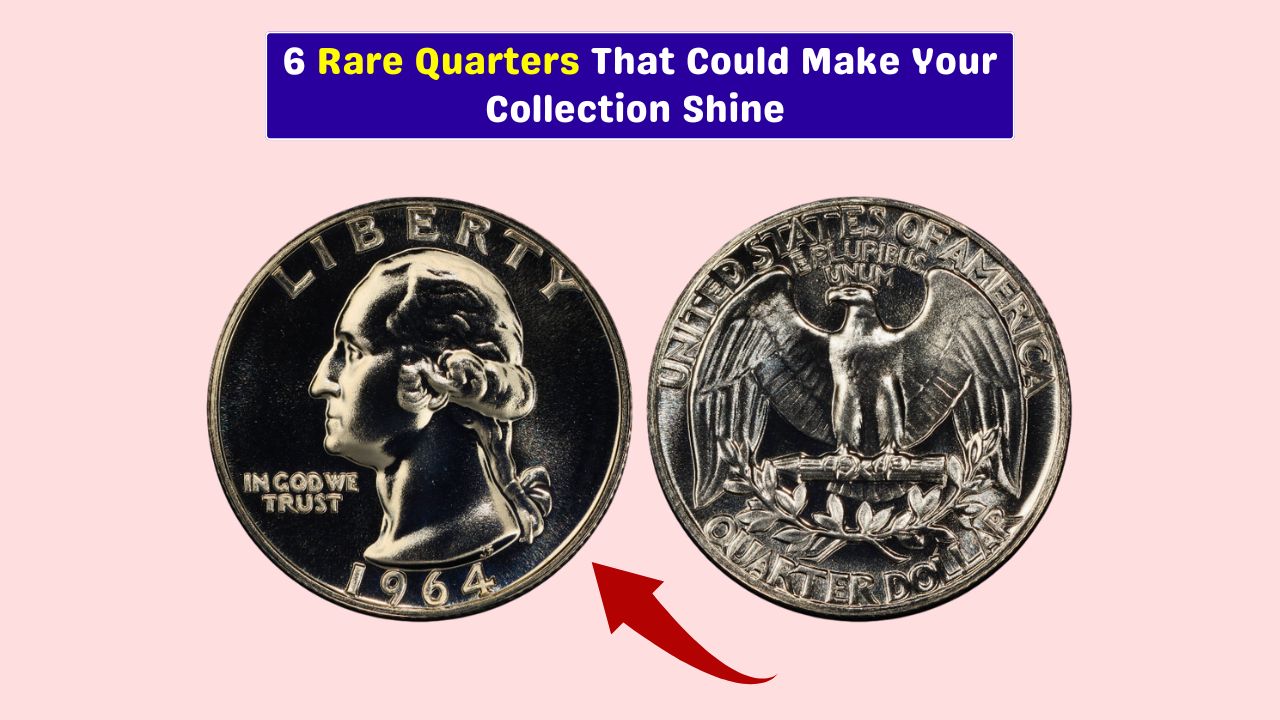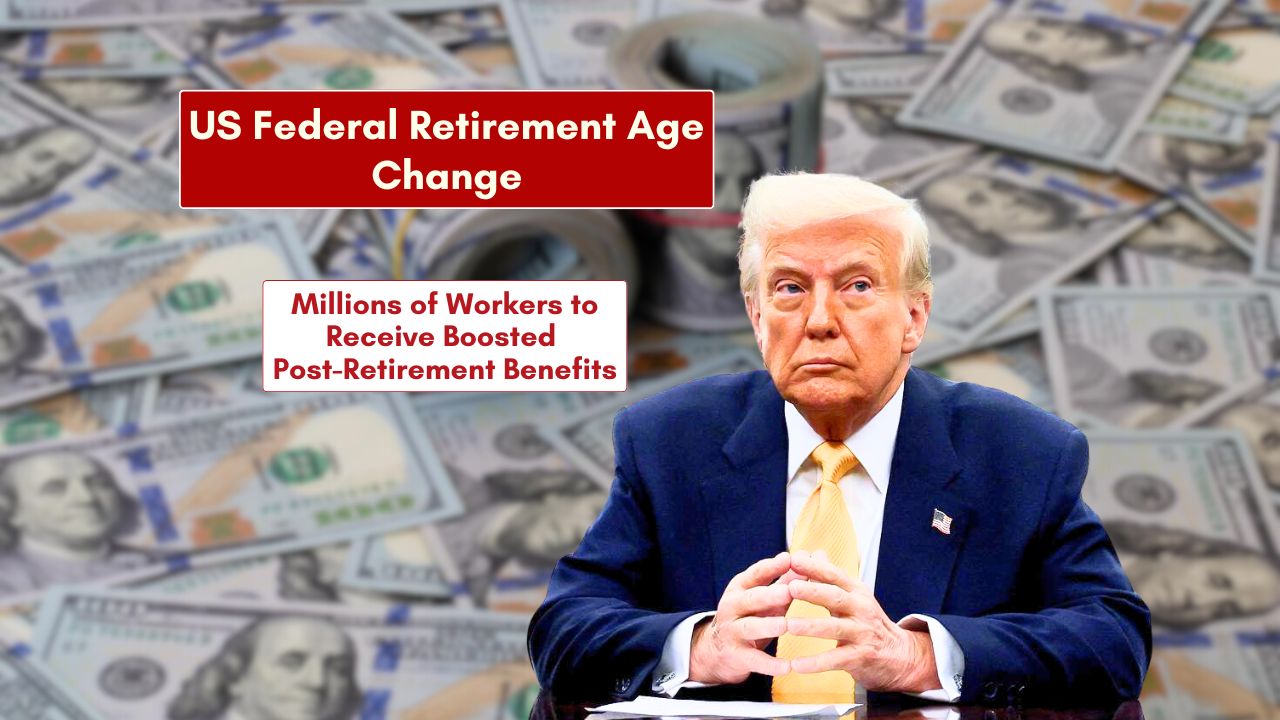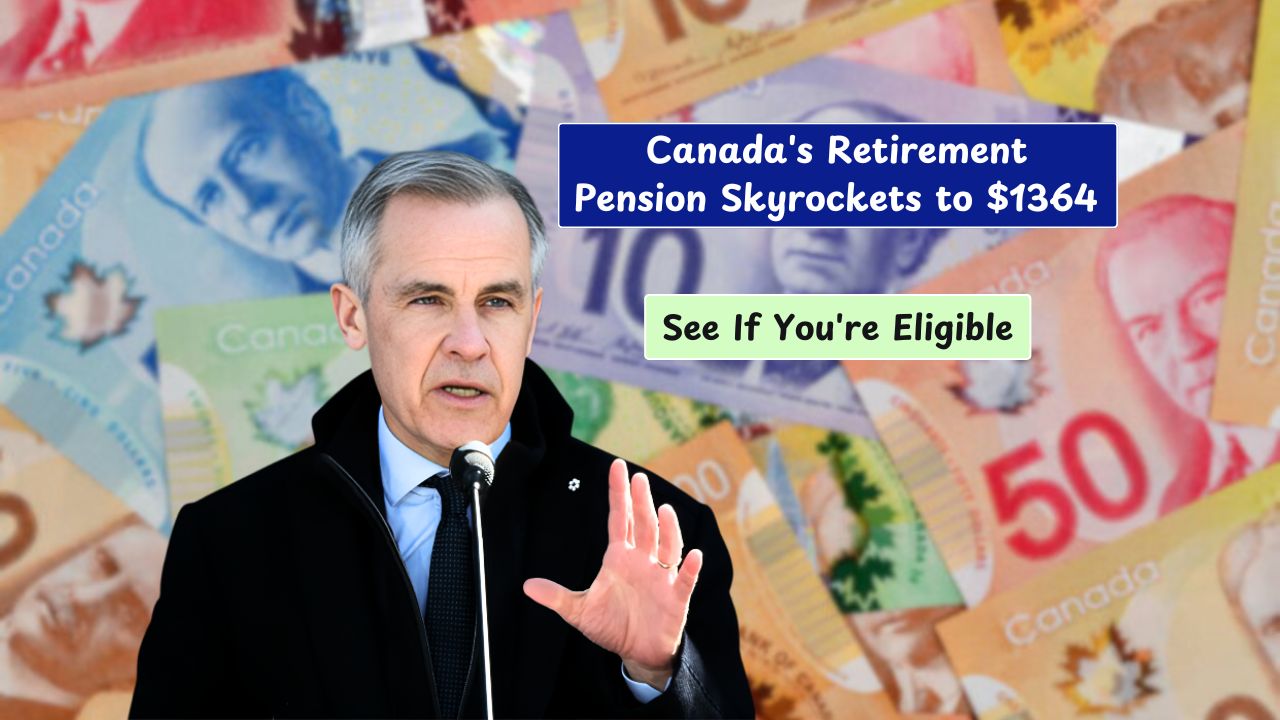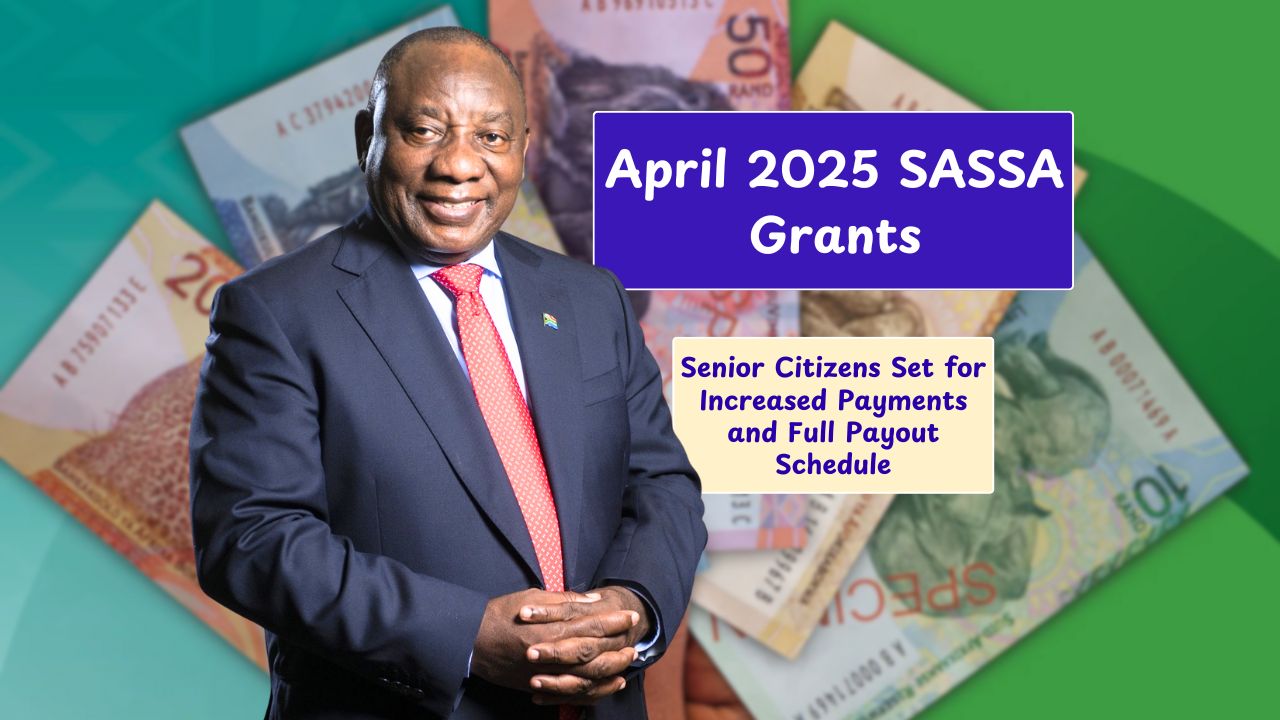Economic aid programs like stimulus checks, tax credits, and relief payments have long been part of the U.S. government’s toolkit to support citizens during hard times.
These measures are particularly prominent when the economy faces turmoil, like the global recession triggered by COVID-19. While they often provide critical support, it’s equally important to recognize the flip side of the coin—the potential downsides that come with this type of economic intervention.
Table of Content
Importance
Let’s be clear—stimulus payments have played a huge role in keeping the U.S. economy afloat during crises. Whether it was the pandemic or rising inflation, the federal government stepped in with stimulus checks, expanded tax credits, and emergency funding to help Americans stay on their feet.
These payments supported everyday needs—groceries, rent, healthcare, and bills—especially for families living paycheck to paycheck. They kept money flowing in local economies and prevented a complete economic collapse when businesses were shutting down and unemployment was skyrocketing.
In many ways, stimulus checks served their purpose. But they’re not the golden ticket everyone hopes for.
Pros
Here are a few major upsides of stimulus payments:
- Immediate Relief: They help cover urgent expenses like rent, food, and utilities.
- Economic Boost: By increasing consumer spending, they can help revive local economies.
- Poverty Reduction: Temporary boosts, especially the expanded Child Tax Credit, helped lift millions out of poverty.
- Support During Emergencies: In disasters—natural or economic—they act as a rapid response tool.
These are real benefits. For a time, they worked. They helped individuals and the broader economy stabilize under pressure.
Cons
But let’s talk about the flip side—because stimulus checks come with strings attached.
- False Sense of Security: One payment won’t fix long-term financial issues. It may offer short-term help, but not lasting solutions.
- Dependency Risk: Some recipients may grow too accustomed to government aid, expecting handouts during every hardship.
- Reduced Tax Benefits: Expanded relief in one area sometimes leads to cuts in others, such as tax credits like the Child Tax Credit or Dependent Care Credit.
- Inflation Pressure: Injecting large amounts of money into the economy without balancing production and supply can drive inflation. We’ve seen this post-pandemic.
- Budget Impact: These payments cost billions. That money has to come from somewhere—often leading to greater national debt.
While stimulus can be a necessary tool, it’s not a silver bullet. It’s like using a fire hose—great in emergencies, but not something you leave running all the time.
Recession
The original intent behind stimulus payments was to soften the blow of a looming recession. And back in 2020, it made total sense. Millions lost jobs overnight, industries collapsed, and households needed immediate help.
Fast forward to today, and some people are calling for another round of payments in anticipation of a new recession by the end of 2025. But here’s the thing—there’s no official sign of that yet, and even if there were, throwing money at the problem may not work the same way twice.
Stimulus needs to be used strategically—not as a default solution to every economic hiccup.
DOGE
A newer (and controversial) topic is the so-called DOGE dividend. No, not the meme coin. This one refers to the Department of Government Efficiency, supposedly led by Elon Musk. According to online chatter, this department cut enough government spending to hand out a dividend to Americans.
Sounds flashy, but it’s not real. There’s no official DOGE payout on the books, and the idea of turning government savings into personal checks seems more like political marketing than fiscal reality.
Final Thoughts
Stimulus payments have had their moment—and they were crucial during it. But relying on them as a go-to solution for every economic dip isn’t sustainable.
Yes, they provide short-term relief, and yes, they can prevent deeper recessions. But they also come with risks like inflation, dependency, and strain on the federal budget.
Going forward, the government must weigh these trade-offs carefully. Stimulus should remain a tool—but not a crutch.
FAQs
What is the purpose of stimulus payments?
To support citizens during economic crises and emergencies.
Do stimulus checks increase inflation?
They can, if too much money enters the economy at once.
Are stimulus checks permanent?
No, they are temporary and used during specific events.
Is the DOGE dividend real?
No, it is a rumored idea with no government backing.
Can stimulus lead to dependency?
Yes, repeated aid can create financial reliance on government.
